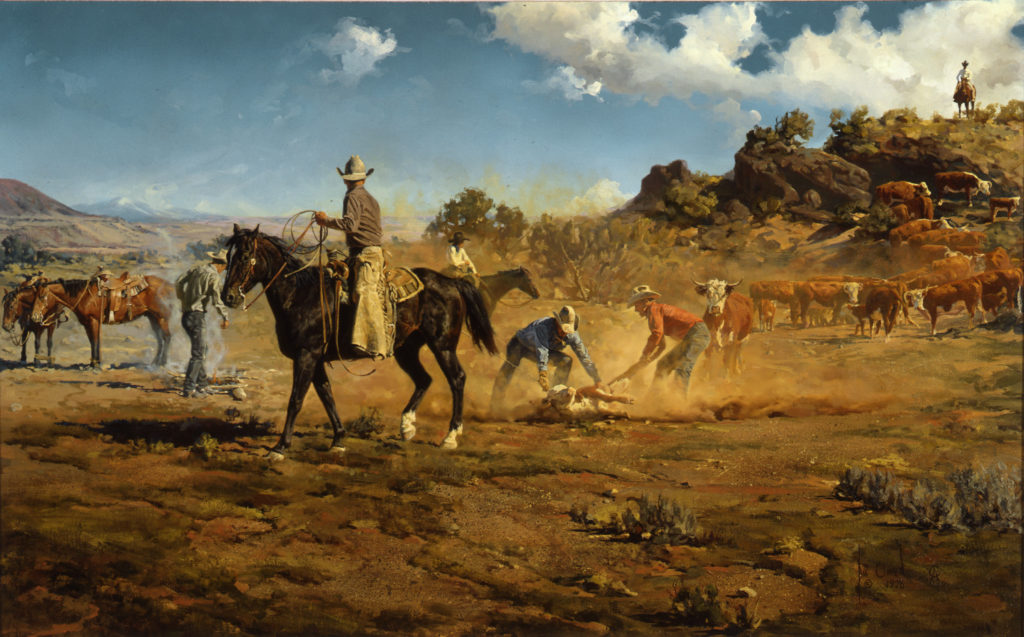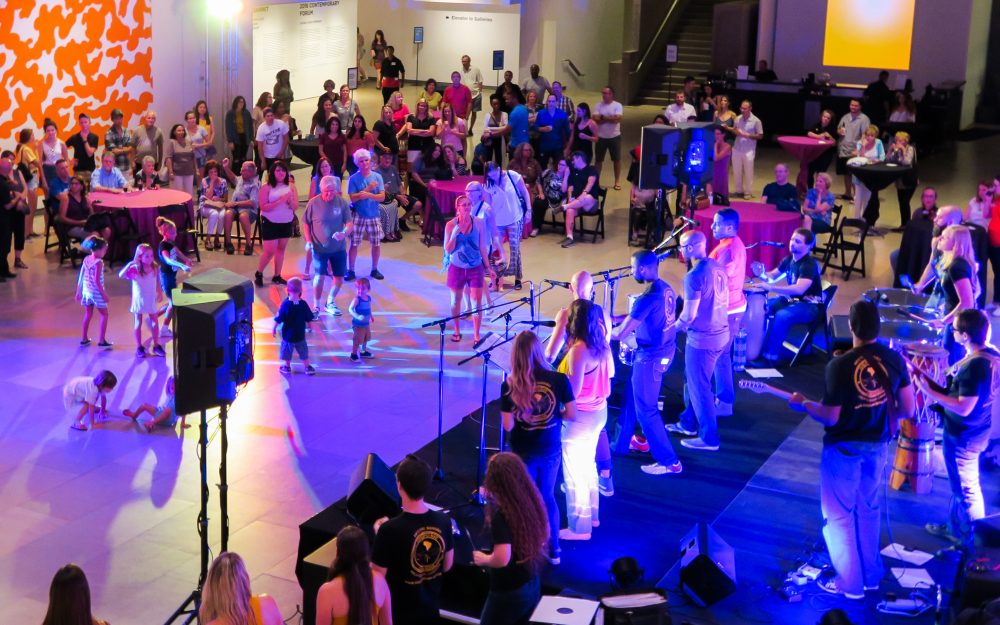The white cowboy is a celebrated icon in American popular culture and art. In reality, cowboys and cowgirls of different races and nationalities have contributed significantly to the history of the West. Their stories are not often represented.
As white settlers expanded west, they met Mexican vaqueros tending to ranches and adopted their dress, terminology, and techniques for handling horses. Among these new settlers were also formerly enslaved people in search of opportunity. Some came as Buffalo Soldiers, members of all-Black U.S. military regiments who also built roads, captured cattle thieves, and were among the first park rangers.
African Americans not in the military made their own name on the frontier. Bill Pickett invented bulldogging, now known as steer wrestling, and Bass Reeves, deputy U.S. Marshal, may have been the inspiration for the Lone Ranger.
Among Indigenous peoples living in the West, Navajo cowboy heritage is rooted in 19th-century competitive horse racing and wild cow riding from which rodeos developed. Today, the Navajo Nation Rodeo Association is one of several modern organizations established to handle the steady expansion of this competitive sport among Native Americans.
Less recognized than their male contemporaries, cowgirls were among America’s first female professional athletes. They played integral parts in Buffalo Bill’s Wild West show. As skilled horsewomen and rodeo competitors, they often performed dangerous stunts and were accomplished ropers, trick riders, and steer wrestlers.
You Are in Cowboy Country sheds light on the influences of these underrepresented communities through works drawn exclusively from the American art collection of Phoenix Art Museum.



